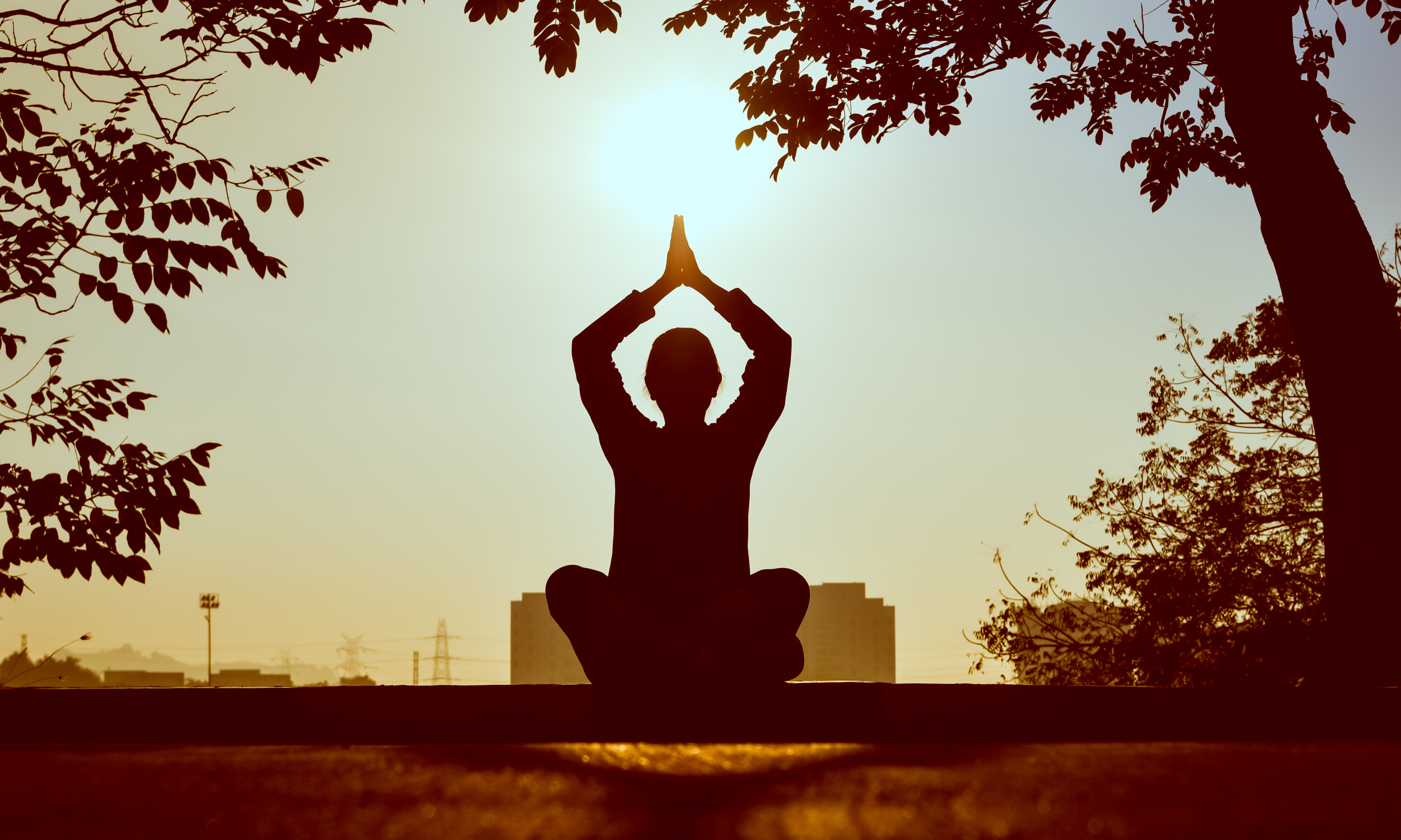The year is 1968 and the Beatles have just made a statement that will send shockwaves around the world. In a generation of free spirits, free love, and free drugs, the most popular rock band of a generation will give up substances in favor for a deeper, richer and more fulfilling experience: Transcendental Meditation.
After attending a seminar in Wales led by then little known spiritual leader Maharishi Mahesh Yogi, all four members would soon become insatiable devotees of this mantra-based meditation practice. And to the benefit of all of us today, their involvement with this movement would inevitably skyrocket the Maharishi’s teachings into the public eye and bring this amazing practice to the mainstream.
Today, Transcendental Meditation, or TM as it is more commonly referred to, is a commonality amongst the rich, the famous and the successful of the 21st century. From Howard Stern, to Clint Eastwood, to Jerry Seinfeld– celebrities, entrepreneurs, and artists all over the world have adopted this practice and harnessed its effects to boost their careers, productivity and most importantly, their happiness.
Billionaire investor and infamous author of Principles Ray Dalio credits TM as one of the key cornerstones to his long-standing success. ‘Transcendental Meditation has probably been the single most important reason for whatever success I’ve had” he claimed in a 2016 Facebook post, “it is certainly the greatest gift I can give anyone”.
As a biohacker and entrepreneur who spent years upon years riddled by productivity blocking anxiety, I understand where Mr. Dalio is coming from. Transcendental Meditation taught me how to calm down, how to see my reality in a different, more productive light, and I too credit TM as the single most important factor in my own productivity, in the growth of my business, and in the formation of a life that every-day leaves me feeling fulfilled, energized and content.
And the science backs up this. The meteoric rise of TM quickly made the practice one of the most studied forms of meditation in existence. Today, over 250 universities have all undergone studies on TM, producing over 700 scientific papers, concluding that the practice holds a wide number of brain-boosting benefits, can lower a practitioner’s blood pressure, heart rate, and alleviate various ailments– just by dramatically reducing stress. What’s more, TM has been linked to reduced cortisol levels, improved sleep, mood stability, and an overall stronger sense of clarity and productivity.

While many other forms of meditation can boast similar effects, TM is a very unique practice. When practicing TM, the practitioner is instructed to sit in a comfortable position with his/her eyes closed and will then begin silently repeating a simple word or phrase known as a “mantra”. The repetition of this mantra is believed to promote expansion of awareness. As Maharishi explained it in his 1960 teachings, “Through Transcendental Meditation, the human brain can experience that level of intelligence which is an ocean of all knowledge, energy, intelligence, and bliss”.
The idea is simply that by reaching this enhanced sense of awareness, one can “transcend” their everyday thinking process, and enter into a state of pure consciousness where the practitioner can experience stillness, stability, order, and freedom from unproductive self-talk and mental boundaries. “The practice of Transcendental Meditation creates a natural situation in the mind so that the mind entertains right thoughts, useful thoughts, thoughts that are cherished by nature and whose fulfillment is worked out by all the laws of nature,” Maharishi teaches.
Based on my personal experience, I agree with him whole-heartedly.
Unlike other forms of meditation, TM does have a bit of a high bar for entry. You can’t just jump straight into a TM practice. The technique is taught in seven steps by a certified TM teacher. And I have to admit, the process is a little intense. You are first presented with two lectures explaining what TM is, where it comes from, and what the benefits are from maintaining a regular practice. After a brief personal interview, follows one hour of one on one instruction. The personal instruction component is composed of a short ceremony when you are given an individual, unique mantra, and then trained how to use it properly. The mantra, or soothing sound, is to be kept private, as it will serve as the core of the student’s individual practice. After the instruction, you then meet with you TM instructor for three consecutive days, a couple of hours each day, at which time the instructor ensures you are practicing correctly and gives you additional knowledge on TM based on your personal experience with the training.
And while all this may seem like a pretty big to-do, I can’t press upon you enough the unbelievable, life-changing advantages of TM. I mean, there is a reason why so many successful individuals in our society have championed this technique. And the reason is; it just plain works.
We all have to make investments into our health, into our careers, and into our happiness. I can think of no greater investment than TM. And you don’t have to just listen to me on this one, because the science is there.
The practice of TM has been supporting and promoting the success of high performing individuals for a very long time. And from the perspective of this biohacker, I don’t see that trend stopping any time soon.


